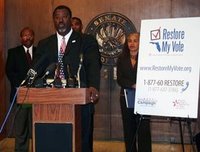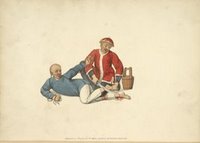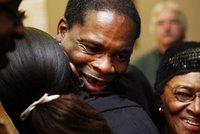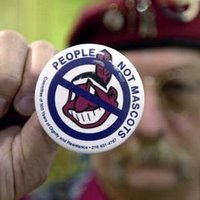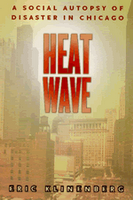according to the fbi’s semi-annual uniform crime report numbers for 1/1/07 to 6/31/07, both violent crime and property crime have declined since 2006. violence and property crime were also down locally, in both minneapolis and st. paul.
one needs to squint pretty hard to find bad news in these data, which is good news in light of a 2005/2006 uptick in violence. here’s hoping that the new numbers, combined with joe biden’s early departure, will keep crime from becoming a crazy-making issue in the 2008 elections.
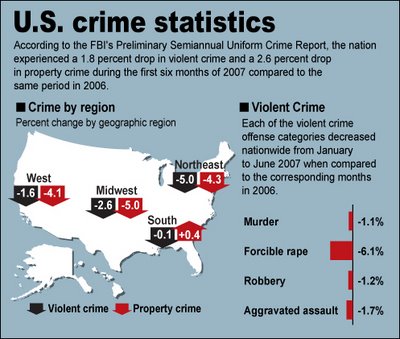
the press release also offers this disclaimer:
Because of the complexities involved, the FBI makes no attempt to interpret the data, which we leave to criminologists and sociologists.
nice. we’ll do our best to get it right.

